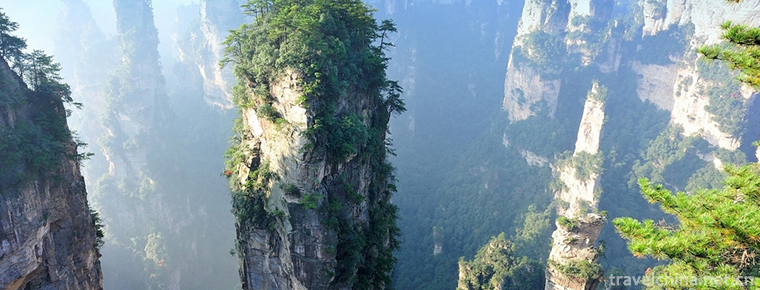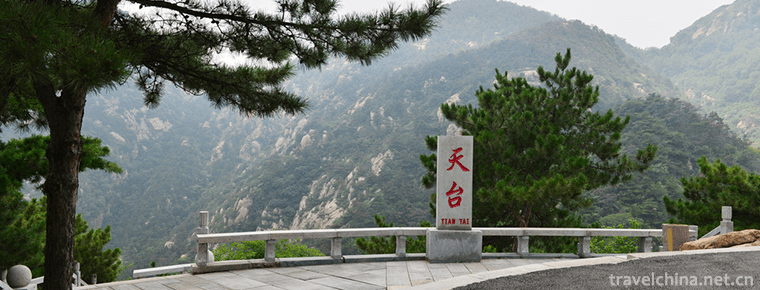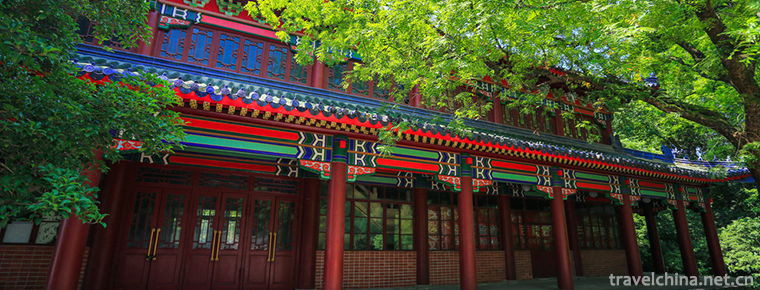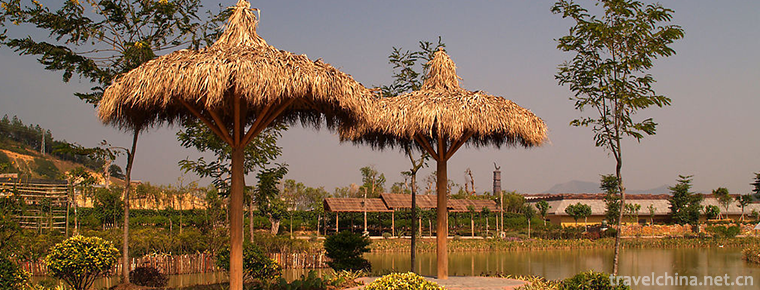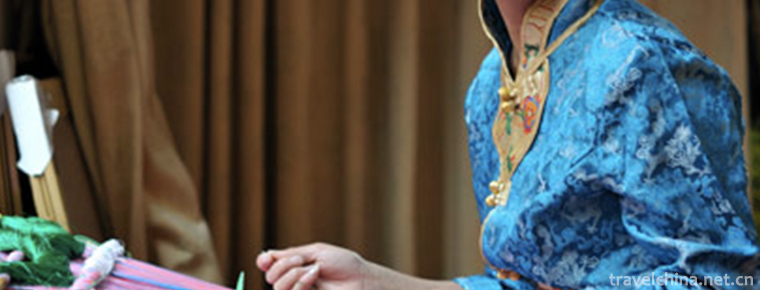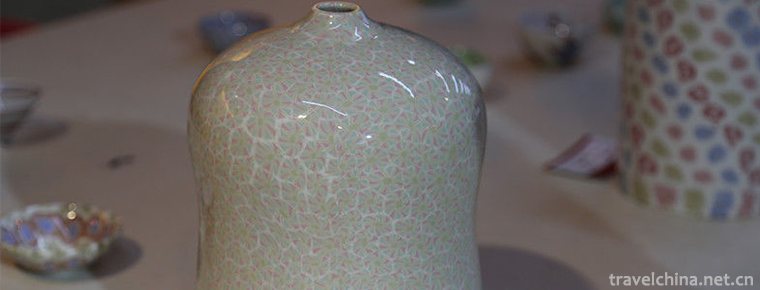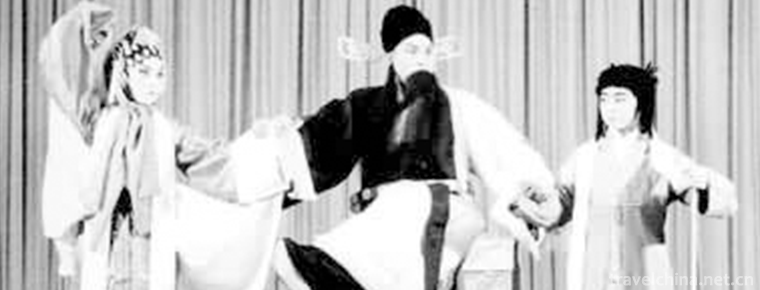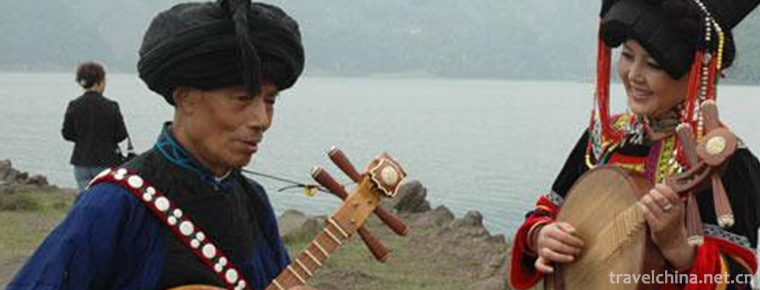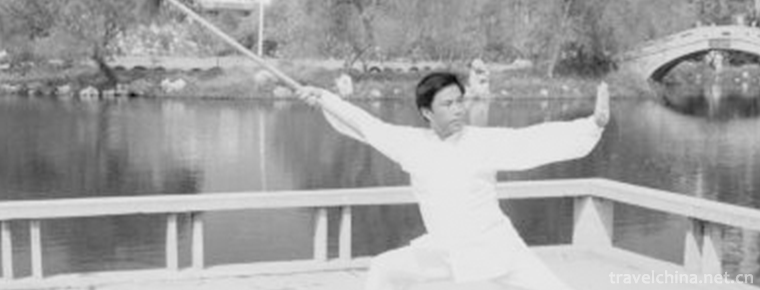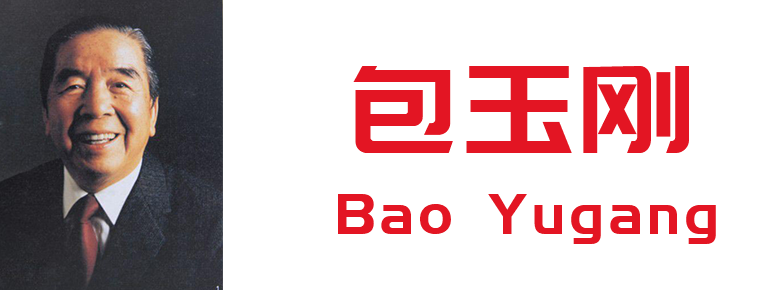Nanxun ancient town Scenic Area
Nanxun Ancient Town is located in Nanxun District of Huzhou City, at the junction of Jiangsu, Zhejiang and Shanghai provinces. Ming and Qing Dynasty is a famous silk town in the south of the Yangtze River. It is an ancient town with abundant human resources and a combination of Chinese and Western architecture.
Nanxun Ancient Town Scenic Area covers an area of 34.27 square kilometers . The protection area of Nanxun Ancient Town ranges from the east to the east of Yiyuan Site, from the west to Yongan Street, from Jiayetang Library Building and Xiaolian Village in the South and from the north to 100 buildings. The protected area is about 168 hectares, of which 88 hectares are the key protected areas. The tourist attractions are divided into three blocks. The first is Nanxun tourist attractions enrichment area, where Zhang Shiming's former residence and Liu's ladder are distributed. The second is a central scenic spot composed of Xiaolian Zhuang, Jiayetang, Wenyuan and other scenic spots. The third block is the Northeast block with Zhang Jingjiang's former residence and Baijianlou as the main building to the east of Dongjie Street.
Nanxun Ancient Town is known as "the land of culture" and "the land of poetry and books". There have been many famous figures, such as Zhang Jingjiang, the curious man of the Republic of China, a stone inscription of the initiator of Xiling Printing Society, and Xu Chi, a famous poet and essayist.
In June 2001, Nanxun Zhang's old residence complex was awarded the fifth batch of national key cultural relics protection units. In 2005, Nanxun Ancient Town was awarded the second batch of famous Chinese historical and cultural towns , national 5A tourist attractions and other honorary titles , becoming the first national 5A tourist attractions in Huzhou City.
The discovery of Hongcheng, Huacheng, Shangshi and other ancient cultural sites in Nanxun proves that clan tribes in primitive society thrived as early as the Neolithic Age.
According to legend, Xia Yu governed the water, dividing the world into nine states, and Nanxun jurisdiction belongs to Yangzhou.
The Spring and Autumn Period and the Warring States Period belonged to Wu, Yue and Chu successively. In 333 B.C., Chu took it as the feudal city of the Spring Shenjun, and began to build Zicheng County. Nanxun was under the jurisdiction of Zicheng County.
In the three years of Taikang in the Western Jin Dynasty (AD 282), it was divided into Dongxiang County in Wucheng County and Dongxiang County in Dongqian County.
In the four years of the Southern Dynasty, Song and Yuan Hui, Dongqian County was changed to Dongan County, which was renamed Dongqian County the following year. In the ninth year of Kaihuang in Sui Dynasty, the county moved eastward and was merged into Wucheng County.
Song Taiping rejuvenated the country for seven years. It was divided into 15 townships in southeastern Wucheng County and settled in Gui'an County.
In the first year of the Republic of China (1912), Wucheng and Gui'an were merged into Wuxing County. Now Nanxun belongs to Wuxing County.
On May 2, 1949, Nanxun was liberated, and today Nanxun is under Wuxing County.
In September 1993, Huzhou City was divided into three working committees, namely, Urban District, Nanxun District and Linghu District. Nanxun Town belongs to Nanxun District.
On June 30, 2011, the Nanxun Ancient Town Management Committee of Huzhou was formally established as a local government agency to lead the company in protecting, utilizing, planning, construction and management of the ancient town.
Nanxun Ancient Town Scenic Spot was officially examined and approved as National AAAAA Class Tourist Spot in July 2015.
Nanxun Ancient Town Scenic Area covers an area of 34.27 square kilometers, from the east to the east of Yiyuan Site, from the west to Yongan Street, from Jiayetang Library and Xiaolian Zhuang to the south, and from the north to 100 buildings. The ancient town is composed of Nanshi River, Dongshi River, Xishi River and Baoshan River, with many rivers crisscrossing. Streets and residential buildings are distributed along the river, along the river, and connected in series with Nandong Street and Nanxi Street, forming a cross-shaped pattern. Streets and alleys have complete texture, and the river system is basically preserved. Commercial streets are formed on both sides of the cross river. They have the style and features of Jiangnan water towns, which are built along the river, as well as many high-quality private residences and gardens in the south of the Yangtze River. They form the block characteristics of small bridges, water homes and residential gardens.
Nanxun has been an important economic and cultural town in Huzhou since ancient times. Since the Song Dynasty, Nanxun has been famous for its high-quality raw silk. During the Ming and Qing Dynasties, Nanxun became a typical silk town in Jiangnan, and the silk produced in Seri became a designated raw material for Royal weaving. In modern times, with the opening of Shanghai as an opportunity, Nanxun was influenced by European and American culture earlier. Silk merchants rose rapidly, and a number of important historical figures such as Liu Yong, Gu Qinlin, Pang Yuanji, Zhang Jingjiang and Jincheng emerged. Nanxun Ancient Town has five national key cultural relics protection units, including Jiayetang Library, Xiaolianzhuang, Nanxun Zhang's old house complex, Zunde Hall, Grand Canal (Nanxun section of the Jiangnan Canal, Nanxun Silk Industry Guild Hall and Silk Merchant Building), Pang's old house, Nanxun Grain Station Granary, Tongjin Bridge, Hongji Bridge, Yingyuan, Shuyuan Fast Pavilion, Dong. Shidetang, Shoujuntang and other 11 municipal heritage protection units, Xingfu Bridge, Tongli Bridge, Xinmin Bridge and other three municipal cultural preservation sites, livelihood Mihang, Liu Jingdetang site, Zhou Qingyun old residence and other 21 historical buildings. The traditional dwellings in the ancient town are elegant and elegant, with unique connotation. In the traditional Chinese architectural form, the large house gardens boldly and skillfully infiltrate and integrate the western architectural style, forming a unique architectural art of Jiangnan residence, which combines Chinese and Western styles.
On June 30, 2011, the Nanxun Ancient Town Management Committee of Huzhou was formally established as a local government agency to protect, utilize, plan, construct and manage the ancient town. From the point of view of protection and utilization, this paper systematically combs the real estate, ancient buildings and residents of ancient towns, and forms a more detailed database including a brochure, a set of drawings and a software, which lays a solid foundation for the protection and utilization of ancient towns. Nanxun Ancient Town has invested nearly 650 million yuan, according to the principle of "repairing the old as before, renovating the old as before", to promote the renovation of ancient buildings. In June 2014, Xiaolianzhuang Xinde Hall renovation project was officially put into construction. In 2015, the renovation works of Jinzhai, Xiaolianzhuang Phase II and Zhangjingjiang Phase II will continue to revive these ancient buildings. In order to coordinate the facilities in the scenic area with the original appearance of the ancient town, Nanxun ancient town also carried out exterior facade renovation of 600 houses, renovation and upgrading of important nodes such as Guanghui Palace and the entrance of 100 buildings, renovation and repair of bridges such as Tai'an Bridge and Sanqing Bridge, and completed more than 10,000 square meters of stone pavement. Nanxun Ancient Town takes the inheritance and promotion of ancient town culture as a long-term systematic project by compiling books, establishing professional and systematic liaison meetings and research societies.
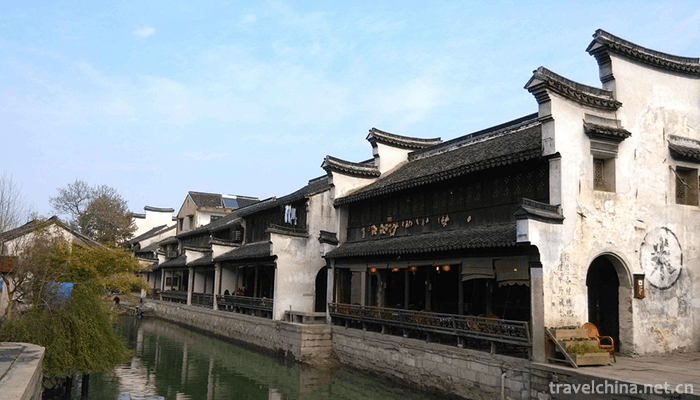
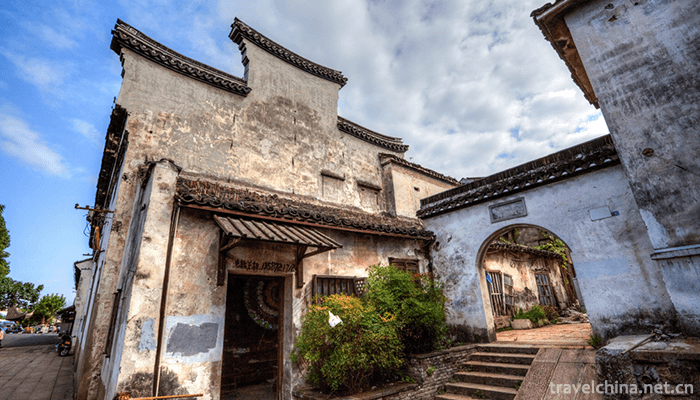

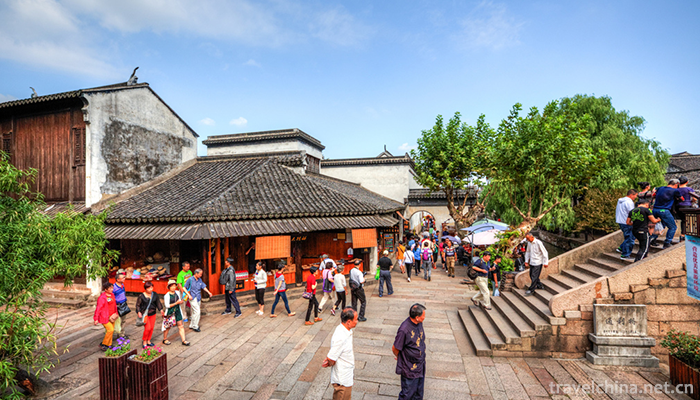
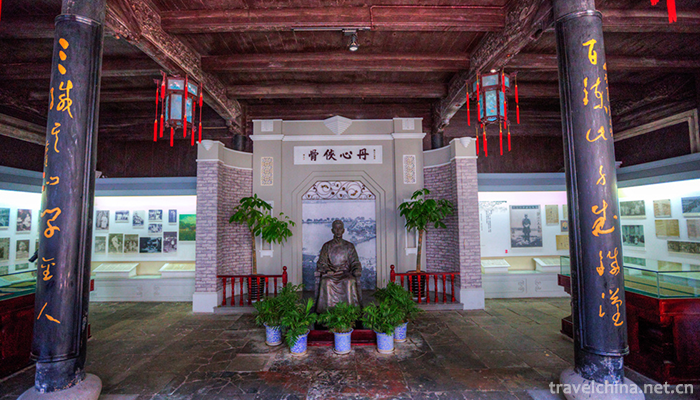
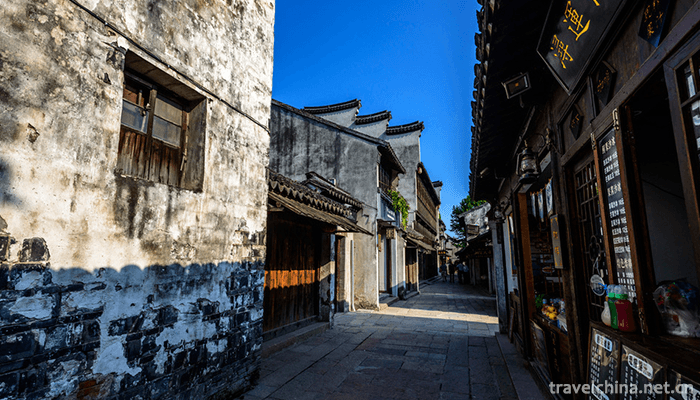
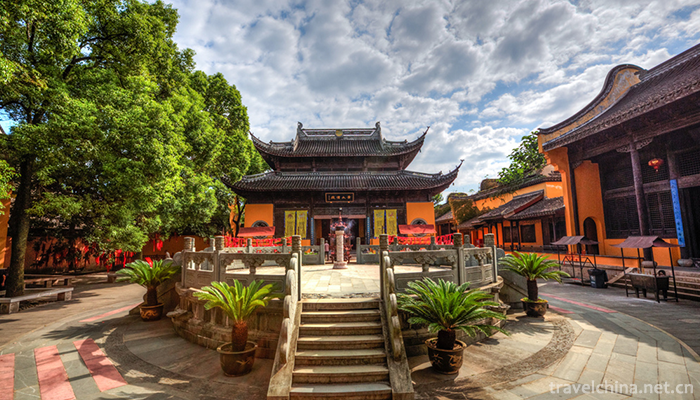
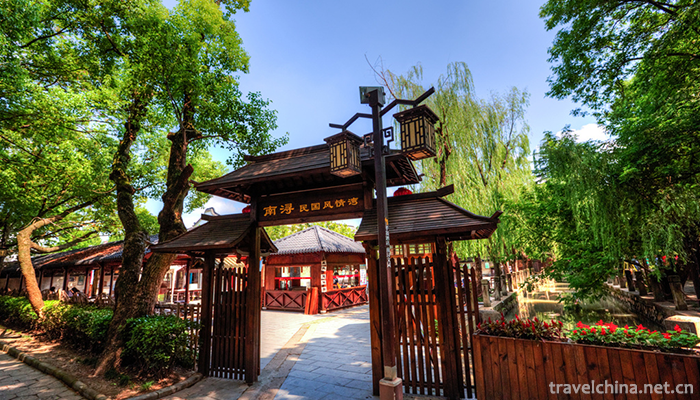
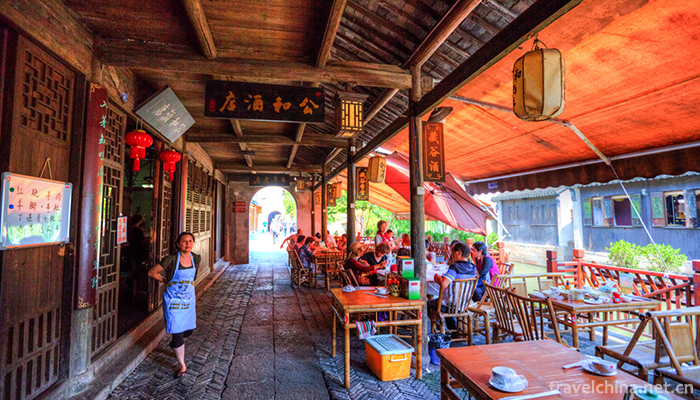
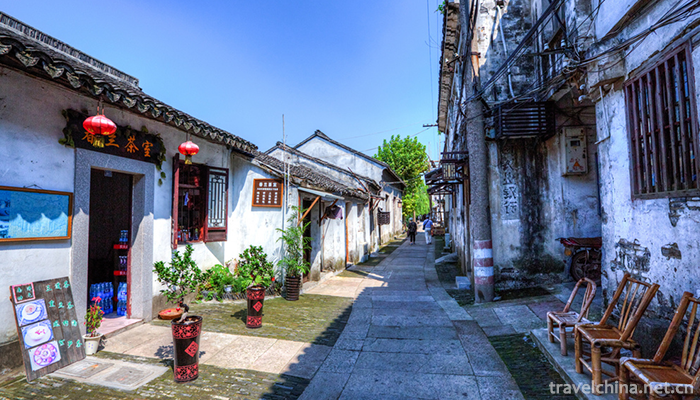
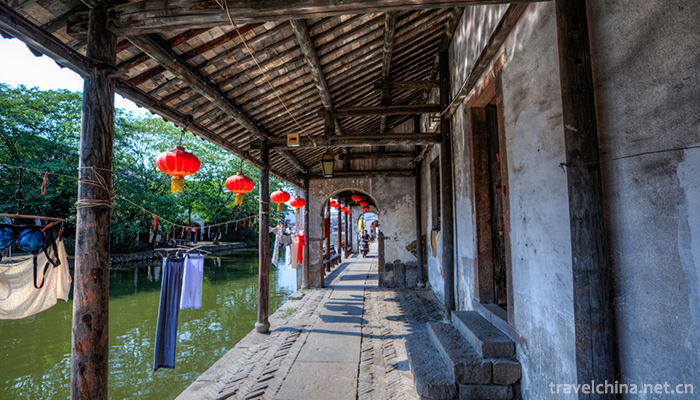
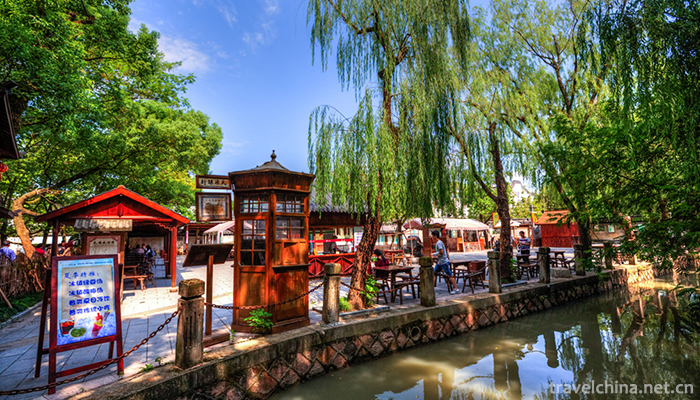
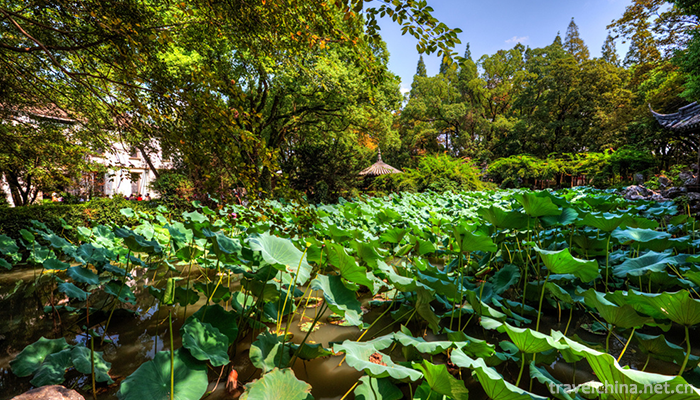
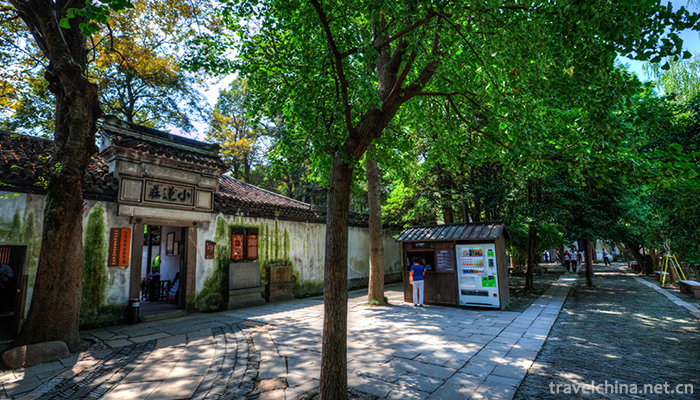
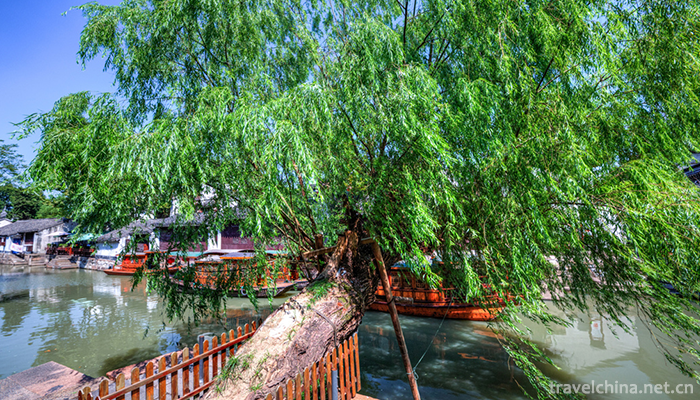
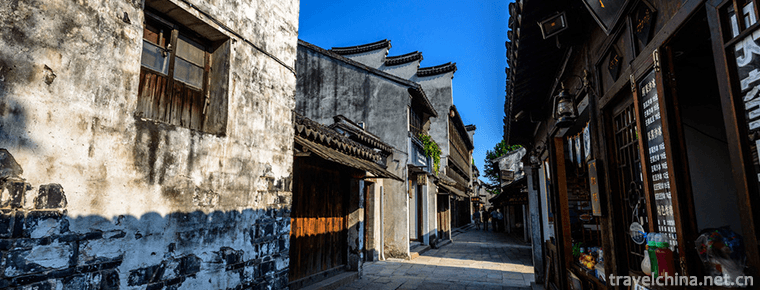
Nanxun ancient town Scenic Area
-
zhangjiajie national forest park Avatar Filming place
Zhangjiajie national Forest Park is located in Zhangjiajie City, northwest of Hunan province. On September 25, 1982, with the approval of the State Council of the People's Republic of China
Views: 246 Time 2018-10-28 -
Fanggan Ecological Scenic Area
Fanggan Eco-tourism Area is located in Luye Township in the north of Laiwu City. It is bordered by Jinan in the north, Zibo in the East and Taian in the west. National Highway 09 is very convenient fo
Views: 310 Time 2019-01-12 -
Ming Xiaoling Mausoleum
The Ming Xiaoling Tomb is situated at the south foot of Zijinshan Mountain in Xuanwu District, Nanjing, under Dulongfu Playing Pearl Peak. It is adjacent to Zhongshan Tomb in the East
Views: 185 Time 2019-02-07 -
Senbora Resort Forest Scenic Area
Senbora, a landscape world in ancient forests, a paradise of pleasure water under glacial ruins, a national 4A-class tourist attraction, is located at the exit of Fogang Expressway in Fogang County
Views: 207 Time 2019-02-07 -
Tibetan knitting and embroidery
Tibetans are good at embroidery and textile, and exquisite craftsmanship adds infinite charm to their costumes, which is the most prominent manifestation of Tibetan
Views: 161 Time 2019-04-05 -
Firing Techniques of Dangyangyu Twisted Tissue Porcelain
Dangyangyu Twisted Tissue Porcelain, a special product of Dangyangyu Village, Xiuwu County, Henan Province, is a product of China's National Geographic Indicators.
Views: 195 Time 2019-04-25 -
Huaihai Opera
Huaihai Opera, one of the national intangible cultural heritage, is a local traditional drama in Huaian City and Lianyungang City of Jiangsu Province.
Views: 182 Time 2019-05-04 -
Liu Zi Opera
Liuzi Opera, a local traditional drama popular in Shandong, Henan, Hebei, Jiangsu and Anhui, is one of the national intangible cultural heritage.
Views: 176 Time 2019-05-14 -
Yi Folk Songs
Yi folk song is an important carrier of Yi culture and one of the most important forms of inheriting Yi culture. It records the history, science, production and life, traditional customs, philosophy,
Views: 234 Time 2019-07-12 -
Yuejiaquan
Yuejiaquan is one of the traditional Chinese boxing which has been handed down completely in China. It was founded by Yue Fei, a national hero, according to his own learning and combating with the ene
Views: 187 Time 2019-07-16 -
Zezhou Sixianshu
Zezhou Sixianshu is a popular performance form in Zezhou Prefecture, Shanxi Province in Qing Dynasty. It is named after Sixian (Sihu) as the main accompaniment instrument. There is no documentary info
Views: 363 Time 2019-07-16 -
Bao Yugang
In early years, he entered Shanghai Zhongxing school. Wusong merchant shipping Academy 。 Drop out of school in 1937 Central Trust Bureau Hengyang office, deputy manager of Hengyang branch of China Ind
Views: 240 Time 2019-09-06
